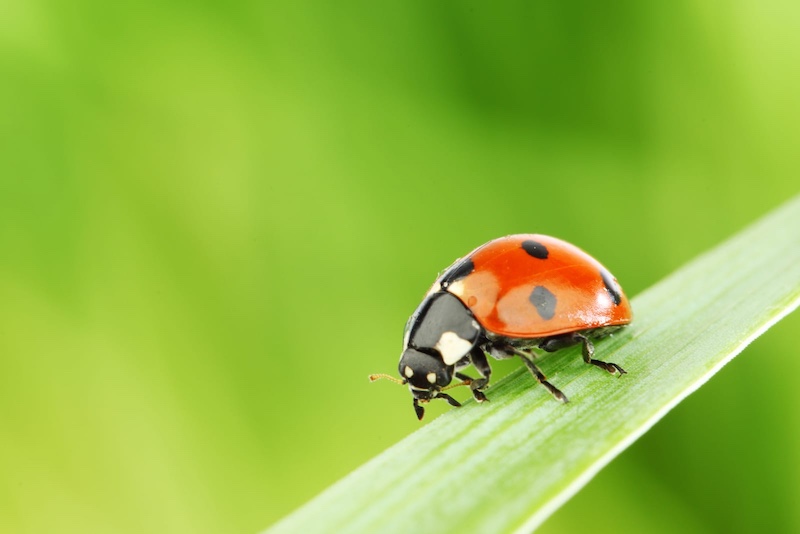Ladybugs are often adored for their vibrant colors and beneficial role in the garden, but there’s much more to these little insects than meets the eye. Here are 10 fascinating things you probably didn’t know about ladybugs.
1. Ladybugs Aren’t Always Red

When you think of a ladybug, the first image that likely comes to mind is a tiny, red beetle with black spots. However, not all ladybugs are red. They can be yellow, orange, black, brown, or even pink. Their colors are often a signal to predators that they’re toxic, but the variety of hues is far more diverse than most people realize.
2. Ladybugs Have a Stinky Defense Mechanism
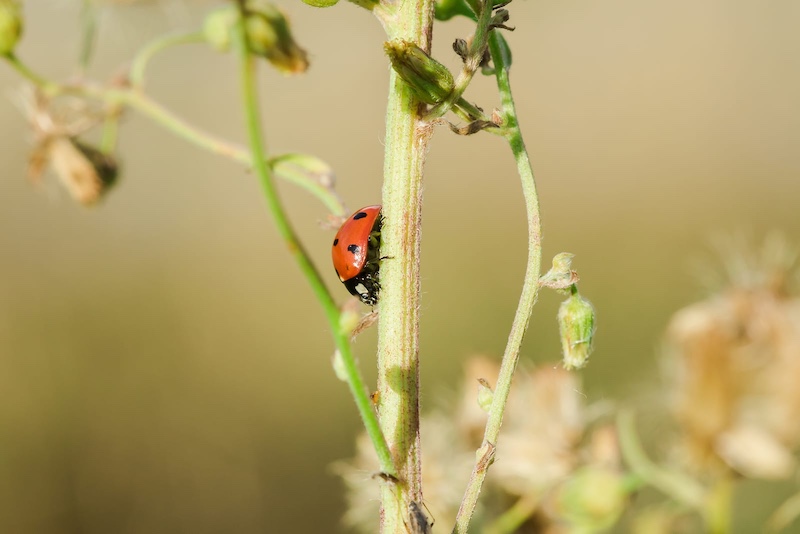
When threatened, ladybugs release a foul-smelling fluid from their legs. This substance, called hemolymph, helps deter predators. The smell comes from a compound called pyrazine, and the yellowish fluid is also poisonous to some animals that try to eat them.
3. They’re Voracious Predators
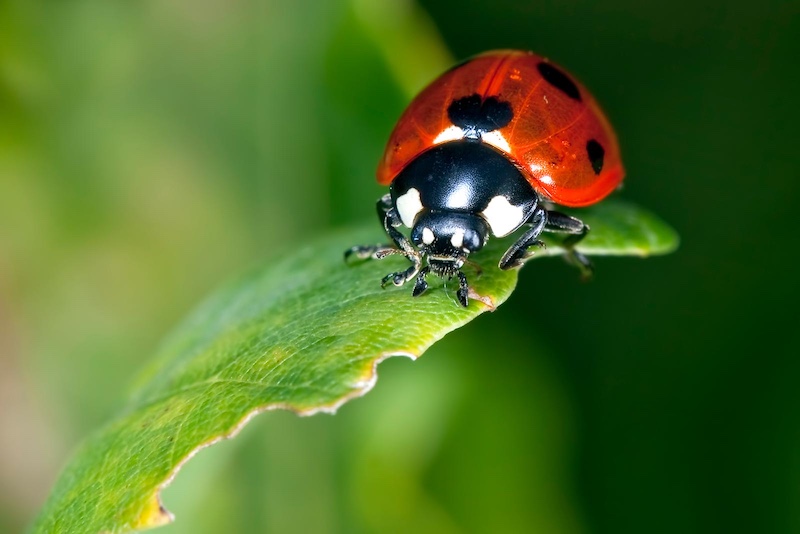
Though small, ladybugs are powerful hunters. Most species of ladybugs are known to eat aphids, scale insects, and mites. A single ladybug can consume as many as 50 aphids in one day and around 5,000 in its lifetime. This makes them invaluable to gardeners and farmers.
4. Not All Ladybugs Are Beneficial
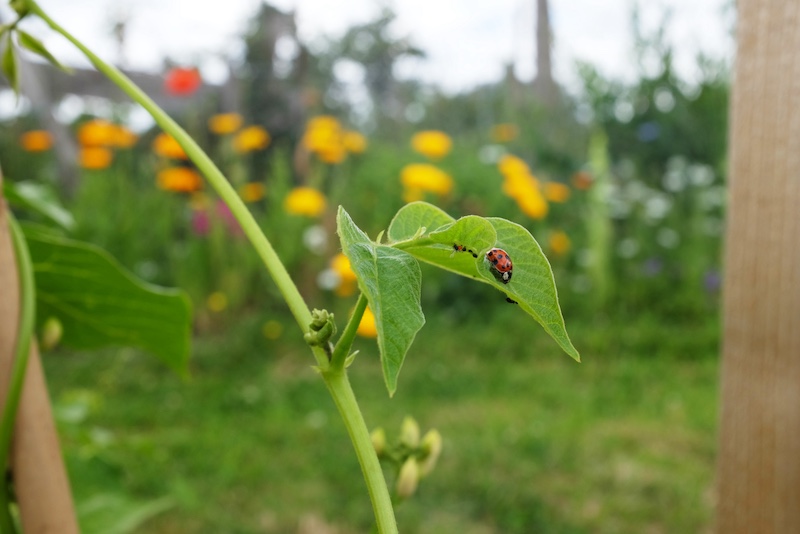
While most ladybugs are considered helpful in controlling pests, there are some species, like the Harlequin ladybug (Harmonia axyridis), that can be a problem. Harlequin ladybugs are invasive and can outcompete native ladybug species, sometimes even eating their eggs. They are also known to swarm in homes during colder months, creating an unwanted infestation.
5. They Hibernate in Winter
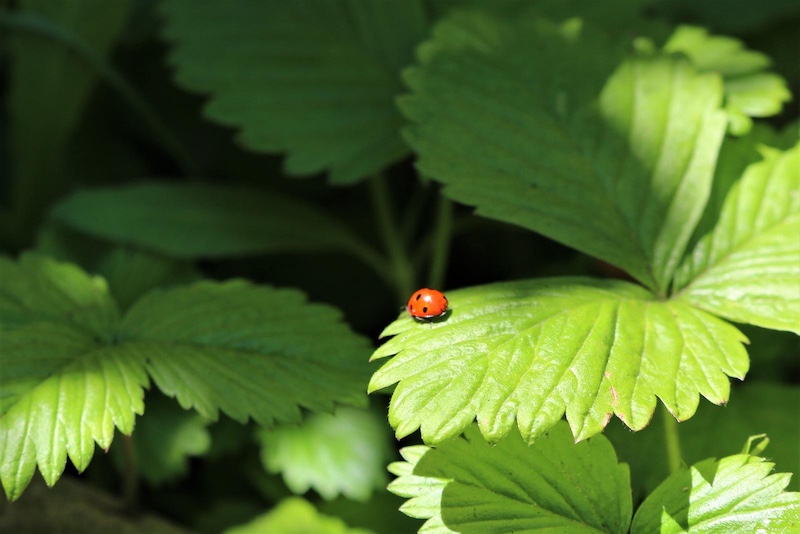
Ladybugs don’t just vanish in the winter; they hibernate. When the temperature drops, ladybugs seek out sheltered areas like crevices, under leaves, or inside buildings to ride out the cold. They often huddle together in large groups to conserve warmth.
6. Their Spots Can Help Identify Their Species
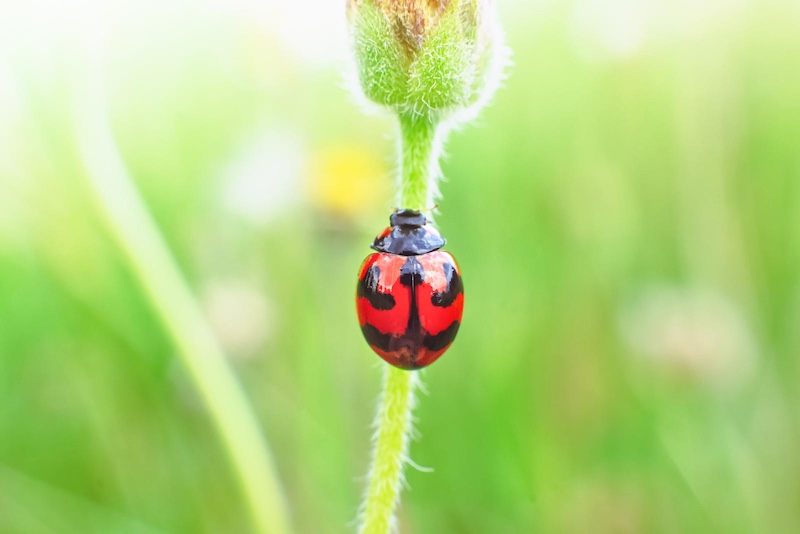
The number of spots on a ladybug isn’t related to its age, as some myths suggest, but it can help identify its species. For example, the Two-Spotted Ladybug (Adalia bipunctata) has—you guessed it—two spots, while the Seven-Spotted Ladybug (Coccinella septempunctata) has seven.
7. Ladybugs Have Short Lifespans
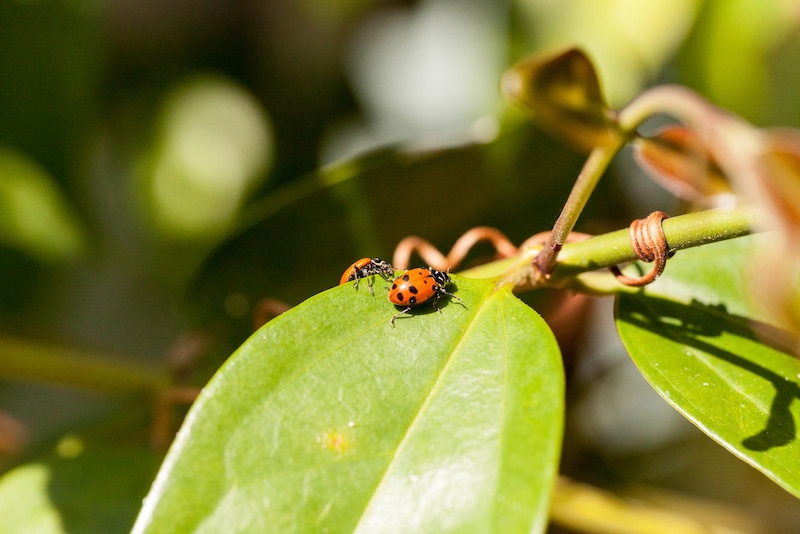
Despite their efficiency at controlling pests, ladybugs don’t live very long. Most ladybugs have a lifespan of about one year, though some may survive up to two or three years in ideal conditions. Their short lives are filled with pest hunting and reproduction.
8. They Lay Hundreds of Eggs
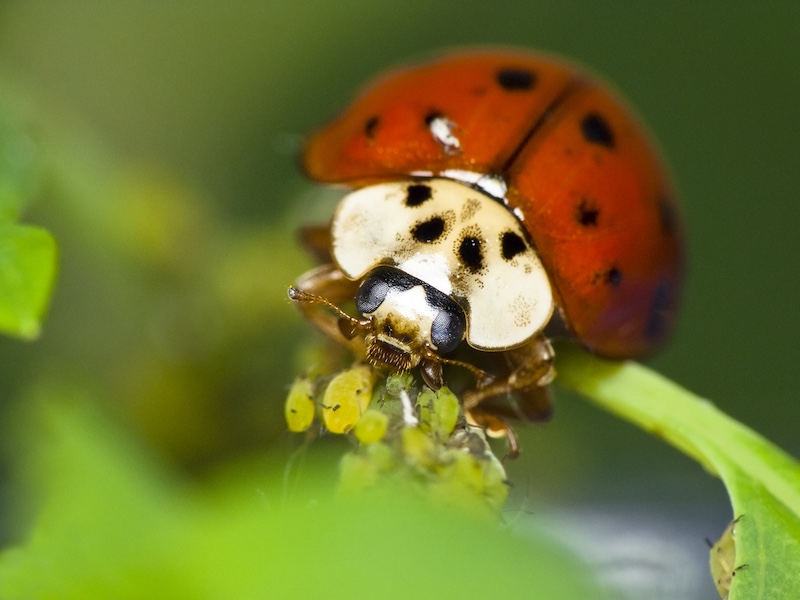
A female ladybug can lay up to 1,000 eggs in her lifetime. These eggs are usually laid near colonies of aphids or other insects that will serve as a food source for the larvae once they hatch. Ladybug larvae don’t look like adult ladybugs; they resemble tiny alligators and are also voracious predators.
9. Ladybugs Have an Appetite for Pollen
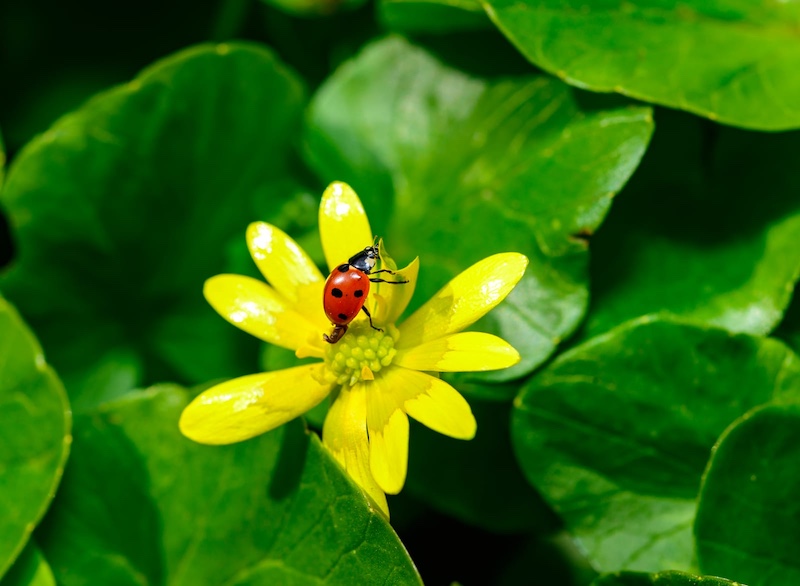
While ladybugs are primarily carnivorous, feeding on pests, they do enjoy a vegetarian snack now and then. Pollen can be a supplemental food source, especially when insects are scarce. This occasional vegetarian diet helps them survive when prey is less available.
10. They’re Symbols of Good Luck
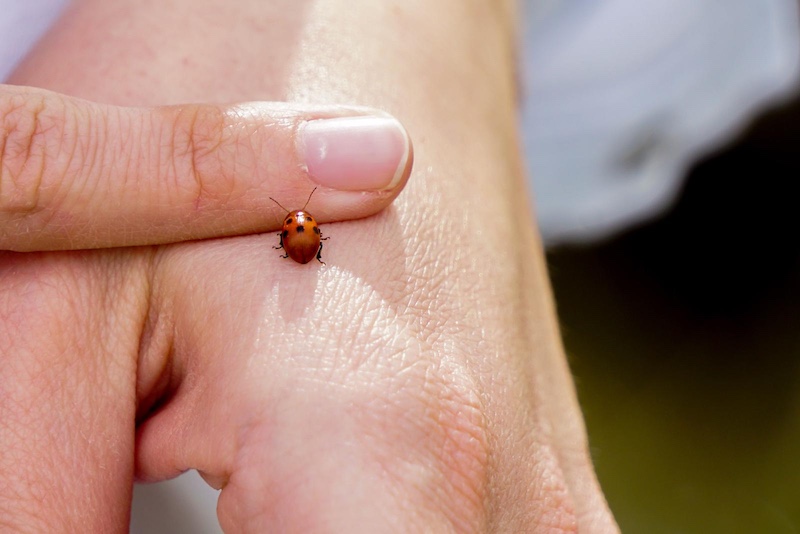
In many cultures, ladybugs are seen as symbols of good fortune. In European folklore, it’s said that if a ladybug lands on you, it’s a sign of good luck, love, or prosperity. Some even believe that the number of spots on a ladybug can predict how many months of happiness you’ll have. Please Note: This content was created with the assistance of AI and thoroughly edited by a human before publishing.

